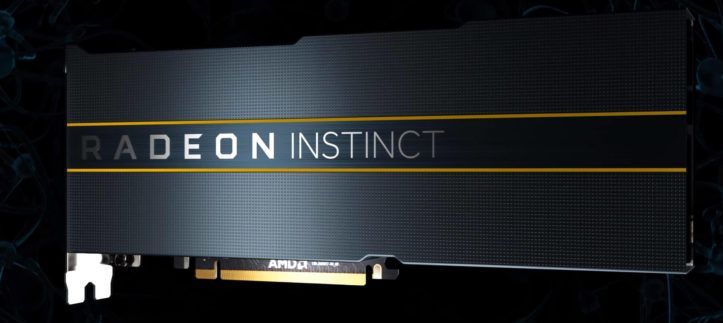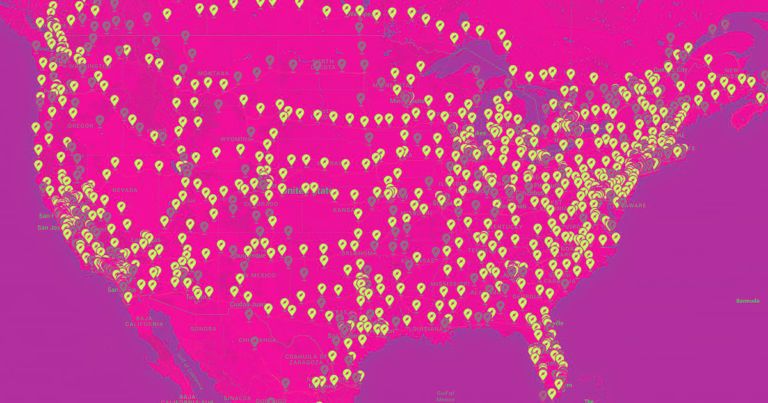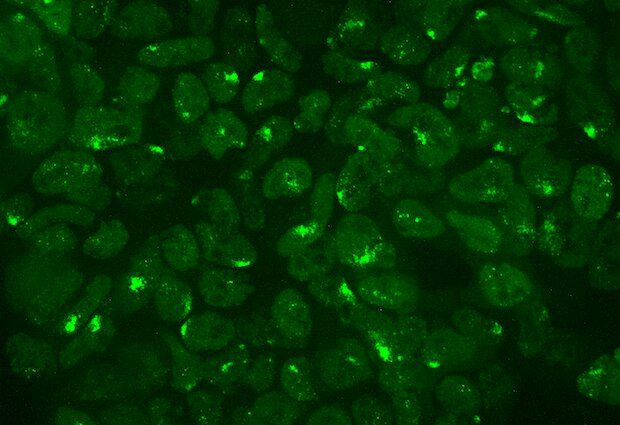AMD’s upcoming Radeon Instinct MI100 HPC accelerator which would feature the Arcturus GPU has been spotted by Komachi. The existence of the AMD Arcturus GPU was confirmed all the way back in 2018 and two years later, we are finally starting to get details regarding the specifications for AMD’s next HPC/AI accelerator.
AMD Arcturus GPU Powered Radeon Instinct MI100 HPC / AI Accelerator Features 32 GB HBM2, 200W TDP In Early Prototypes
The “Arcturus” codename comes from the red giant star which is the brightest in the constellation of Bootes and among the brightest stars that can be seen from space. Similar to Vega and Navi, both of which are also some of the brightest stars visible in the night sky, the naming scheme takes inspiration from the time since RTG was created and the founding father, Raja Koduri (ex AMD RTG President), put a lot of emphasis on bright stars when they first introduced Polaris.





